Topics
- active learning (18)
- research assignments (6)
- libraries (1)
- literature-based learning (2)
- multimedia (5)
- museums (6)
- object learning (7)
- online learning (5)
- peer instruction (10)
- storytelling (2)
- learning management system (2)
- syllabus design (3)
- teaching empathy (3)
- teaching fellows (1)
- lecture (3)
- learning goals (8)
- assessment (6)
- data (3)
- backward design (3)
- blended approaches (12)
- case-based learning (8)
- classroom contracts (7)
- classrooms and space (3)
- collaborative learning (27)
- community events (1)
- course transformation (7)
- devices (3)
- learning by making (5)
- discussion (24)
- engaged scholarship (4)
- experiential learning (16)
- feedback (18)
- group work (8)
- guest speakers (7)
- interdisciplinary (6)
- leadership (3)
Send feedback
Subscribe
Copyright © 2024 The President and Fellows of Harvard College | Privacy | Accessibility | Digital Accessibility | Report Copyright Infringement

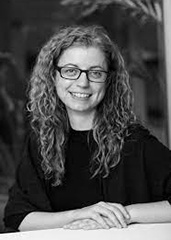 Rosalea Monacella, Design Critic in Landscape Architecture at the Graduate School of Design (GSD), works to create opportunities for students to build collaborative skills and facilitate peer-to-peer learning by “embed[ding] the techniques of joint problem-solving and ideas development” in her
Rosalea Monacella, Design Critic in Landscape Architecture at the Graduate School of Design (GSD), works to create opportunities for students to build collaborative skills and facilitate peer-to-peer learning by “embed[ding] the techniques of joint problem-solving and ideas development” in her 
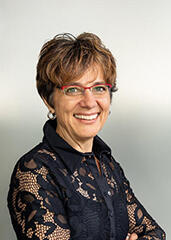 Martin Bechthold, the Kumagai Professor of Architectural Technology at the Harvard School of Design
Martin Bechthold, the Kumagai Professor of Architectural Technology at the Harvard School of Design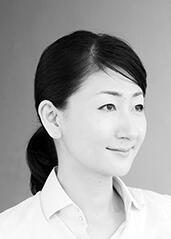 Sawako Kaijima, Assistant Professor of Architecture and Shutzer Assistant Professor at the Radcliffe Institute, challenges students’ preconceptions about material often defined by their disciplinary norms through the use of visual programming to foster an “intuitive understanding of structural engineering in architectural design.” Structural design and architectural design often live separately in teaching and practice but are fundamentally linked. So her
Sawako Kaijima, Assistant Professor of Architecture and Shutzer Assistant Professor at the Radcliffe Institute, challenges students’ preconceptions about material often defined by their disciplinary norms through the use of visual programming to foster an “intuitive understanding of structural engineering in architectural design.” Structural design and architectural design often live separately in teaching and practice but are fundamentally linked. So her 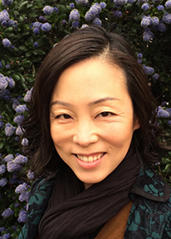 Lily Song, Lecturer and Research Associate, divides her course,
Lily Song, Lecturer and Research Associate, divides her course, 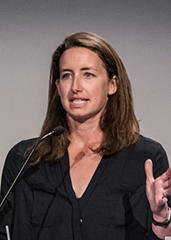 In her
In her  Mark Mulligan, Associate Professor in Practice of Architecture, requires students in
Mark Mulligan, Associate Professor in Practice of Architecture, requires students in 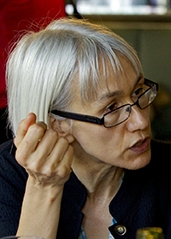 Ann Forsyth, Professor of Urban Planning, incorporates projects with clients into many of her Graduate School of Design courses, from semester-long endeavors to optional assignments. Students gain experience designing sustainable and healthy cities by working with and producing reports for government, educational, and non-profit organizations.
Ann Forsyth, Professor of Urban Planning, incorporates projects with clients into many of her Graduate School of Design courses, from semester-long endeavors to optional assignments. Students gain experience designing sustainable and healthy cities by working with and producing reports for government, educational, and non-profit organizations.
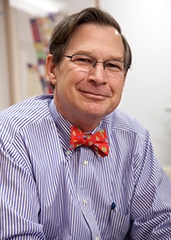 José A. (Tony) Gómez-Ibáñez, Derek C. Bok Professor of Urban Planning and Public Policy, who holds appointments at the GSD and HKS, defines the learning objectives of his course prior to the start of the semester and references them to frame each individual class session: “I use the first five minutes to place each class in the course – ‘The last class we talked about X and today we want to see how those ideas might apply to Y.’”
José A. (Tony) Gómez-Ibáñez, Derek C. Bok Professor of Urban Planning and Public Policy, who holds appointments at the GSD and HKS, defines the learning objectives of his course prior to the start of the semester and references them to frame each individual class session: “I use the first five minutes to place each class in the course – ‘The last class we talked about X and today we want to see how those ideas might apply to Y.’”